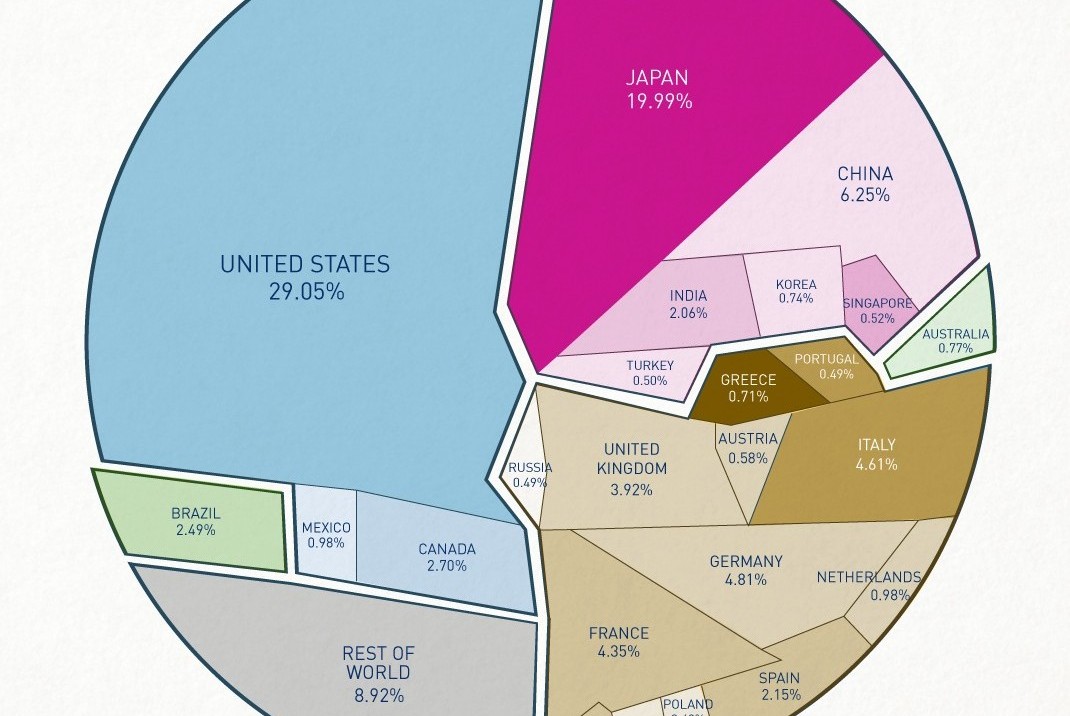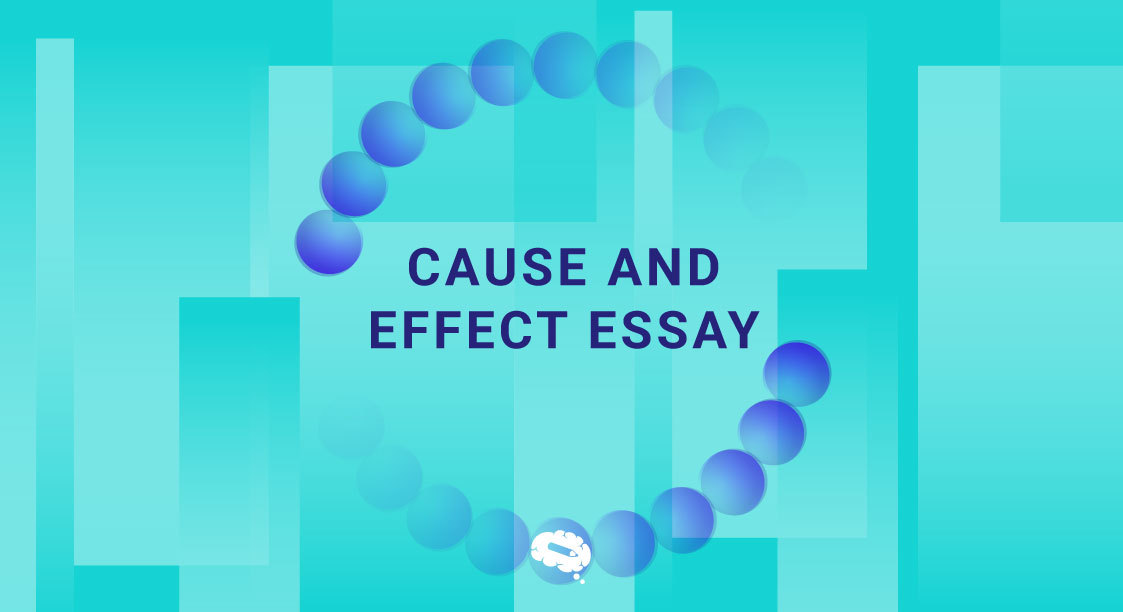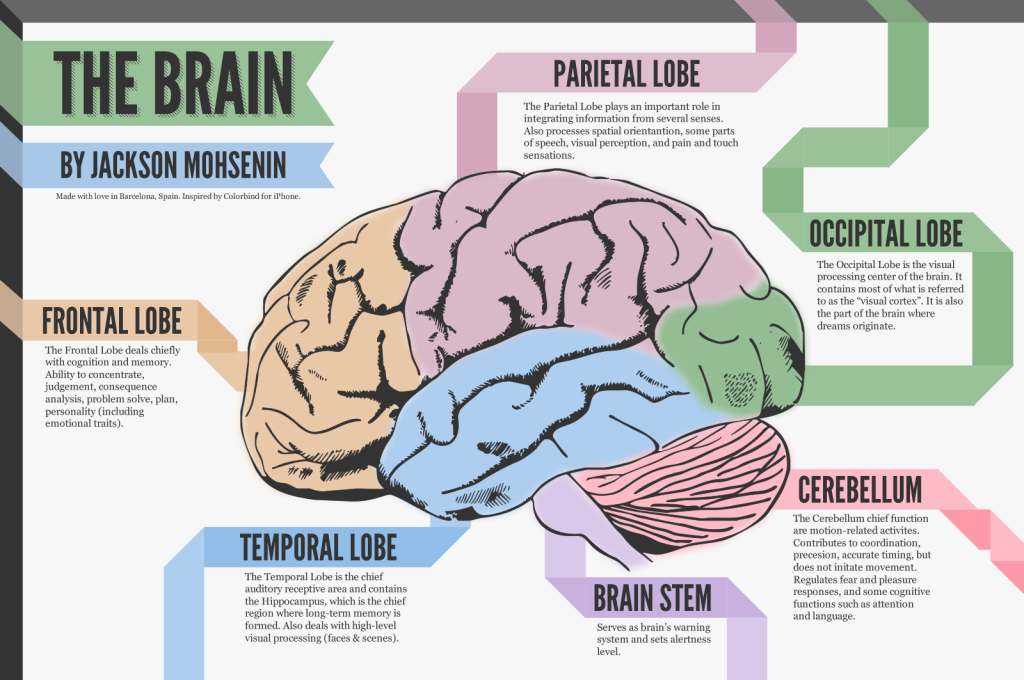A unique perspective on the universe’s origins has fascinated thinkers for centuries: the Kalam Cosmological Argument. Throughout this exploration, we will examine its premises, logic, and implications. We explore the first premise of the system, which holds that everything with a beginning must have a cause, by following its historical development and contributions from philosophers.
Discover its coherence and strength by deductive reasoning through its logical structure. Take into account religious and philosophical connections when considering the existence and nature of a transcendent cause. Engage objections with thoughtful responses to critiques and counterarguments. Let’s unravel the mysteries of the universe and consider the profound implications of the Kalam Cosmological Argument, exploring its premises, logic, and far-reaching implications.
What Is The Kalam Cosmological Argument?
The origins and history of the argument
Philosophers such as Aristotle and Islamic theologian Al-Kindi developed the Kalam Cosmological Argument during the ancient period. Al-Ghazali, a medieval Islamic philosopher and theologian, is credited with its prominence and formulation. Ibn Sina (Avicenna) was one of the many philosophers whose work was influenced by Al-Ghazali’s. William Lane Craig, a contemporary Christian philosopher, further popularized the argument in the modern era.
Kalam is the term used to refer to Islamic scholastic theology, which heavily influenced the development of the argument. Kalam combines reason and revelation to reconcile faith with philosophy.
Throughout history, the Kalam Cosmological Argument has evolved and adapted, taking into account new scientific insights, such as the Big Bang Theory. Philosophical and theological arguments concerning the origins of the universe have grown in significance through its rich history and continuous refinement.
The Central Premises
The Kalam Cosmological Argument has two central premises at its core that form the foundation of its logical framework. Everything that begins to exist has a cause, according to the first premise. According to the causality principle, events do not occur without preceding causes, which is based on our everyday observations. A proponent of the argument asserts that the universe must have had a cause since it is the result of a definite beginning.
According to the second premise, the universe began to exist. A theory like the Big Bang, which proposes that the universe originated in an extremely dense and hot state, supports this idea. This premise is further supported by evidence in astronomy and cosmology, which points to a finite past for the universe.
As all things that begin to exist have a cause, and the universe begins to exist, then there must be a cause for the universe as well. Kalam Cosmological Argument proponents believe that the universe was created by a transcendent entity or force.
A Logical Structure For The Argument
Using deductive reasoning to support its claims, the Kalam Cosmological Argument follows a logical structure. The conclusion follows from the premises in a concise syllogism.
This is the logical structure of the argument:
- Premise 1: Everything that begins to exist has a cause.
- Premise 2: The universe began to exist.
- Conclusion: Therefore, the universe has a cause.
In the argument, the premises are connected with the conclusion through deductive reasoning. There can be no contradiction between the premises and the conclusion if they are accepted as true. When premises are well-supported and free of logical fallacies, the logical structure ensures a sound and cogent argument. A rigorous analysis and intellectual exploration are invited through the Kalam Cosmological Argument because of its systematic framework.
To learn more about deductive reasoning, read our blog content “What Is Deductive Reasoning: An Introduction to Logical Thinking“.
Analyzing The Premises
Premise 1: Everything That Begins To Exist Has A Cause
In premise 1 of the Kalam Cosmological Argument, all existence has a cause. Both scientific and philosophical perspectives support this premise, offering compelling arguments for its validity. We understand the natural world through the principle of causality, which is deeply ingrained in our scientific understanding. The causes of events and objects are consistently identifiable in our observations. We see a consistent pattern of cause and effect in everything, from simple experiences like a tree growing from a seed to complex ones like biological processes. Observations like these provide empirical support for the notion that things begin to exist because they are caused.
According to philosophy, Premise 1 is defended by the principle of sufficient reason. All things have an explanation or reason for their existence, according to this principle. A phenomenon without a cause would violate this fundamental principle. Uncaused events or objects seem illogical and illogical.
It would also have problematic consequences if Premise 1 were denied. A structured and ordered universe would be challenged if events or objects seemed to appear spontaneously or arbitrarily without a cause. Premise 1 may be contested, so it is important to acknowledge potential objections. Quantum events are argued to be counterexamples of the causal principle by some critics. However, quantum phenomena still have inherent probabilistic elements within a causal framework.
Scientists and philosophers support premise 1 of the Kalam Cosmological Argument. Everything that begins to exist has a cause, as evidenced by the principle of sufficient reason and the consistency of cause and effect in our world. This premise is compelling because of its evidence and logical coherence despite possible objections.
Premise 2: The Universe Began To Exist.
According to Premise 2 of the Kalam Cosmological Argument, the universe began to exist. Several cosmological evidence and scientific theories support this claim, providing a solid foundation.
The existence of a temporal beginning for the universe is supported by multiple lines of evidence in cosmology. The observed expansion of the universe is a key piece of evidence. Observations of redshifts in distant galaxies suggest that the universe is expanding and that it had a beginning.
Further evidence for the universe’s finite age comes from the cosmic microwave background radiation, which dates back to the early universe. As a result of its uniformity and isotropy, it supports the notion that a hot, dense initial state existed.
According to the Big Bang theory, the universe originated and evolved from a single point. An extremely dense and hot state created the universe approximately 13.8 billion years ago, according to this theory. Cosmological beginnings are strongly supported by extensive observational evidence, including cosmic microwave background radiation and galaxy distributions.
A cyclical or eternal universe is often proposed as an alternative theory to Premise 2. These alternatives, however, do not explain the observed expansion, the second law of thermodynamics, or the finite age of stars. Entropy accumulation across cycles presents a problem for the oscillating universe hypothesis, for example. There are also philosophical arguments that support the idea that the universe has a finite temporal origin, such as the impossibility of infinite regress.
Implications Of The Kalam Cosmological Argument
Kalam’s Cosmological Argument, which affirms the existence and origin of the universe, has implications that go far beyond cosmology. In this section, we will explore three key implications: the existence of a transcendent cause, implications for the nature of the cause, and connections with religious and philosophical perspectives.
The Existence Of A Transcendent Cause
Kalam’s Cosmological Argument leads to the conclusion that the universe was created by a transcendent cause. As it initiated the fabric of our reality, this cause transcends time, space, and matter. An entity or reality that transcends the natural world can be viewed here as greater than the universe itself.
Implications For The Nature Of The Cause
Despite not specifying the nature of the transcendent cause, the Kalam Cosmological Argument implies certain features. Having existed before the universe and bringing it into existence, the cause must possess the necessary qualities to create it ex nihilo. As a result, we can conclude that the act of creation was driven by immense power, intelligence, and intentionality.
Connections To Religious And Philosophical Perspectives
A theistic perspective, such as those found in monotheistic religions, is aligned with the Kalam Cosmological Argument. Taking into account the origin and existence of the universe, the inference of a transcendent cause makes sense. A divine, purposeful, and intentional creator is therefore supported by this philosophical argument.
Various religious interpretations are possible based on the argument. Kalam Cosmological Arguments may be incorporated into theological and cosmological frameworks of different faith traditions. There may be other religious perspectives that interpret the argument differently.
There are far-reaching philosophical implications of the Kalam Cosmological Argument. In addition to addressing the nature of causality, it raises questions about the nature of reality and human understanding’s limitations. It examines metaphysical issues such as time and the existence of a necessary being. In addition, it allows us to contemplate the meaning, purpose, and significance of human existence.
Counter Arguments And Critiques
There are criticisms and counterarguments to the Kalam Cosmological Argument, as with any philosophical argument. Let’s discuss the common objections against this argument:
- Infinite Regress: Many critics argue that if the universe had always existed in a continuous cycle of causes and effects, there was no need to explain the concept of uncaused causes or temporal beginnings. A logically problematic infinite series of causes, however, is argued by the Kalam Cosmological Argument. Paradoxes and contradictions would result from an infinite regress due to the infinite amount of time required to traverse it. Further evidence suggests that the universe began at a specific time, including the Big Bang theory and the second law of thermodynamics.
- Multiverse Theory: According to this view, there is no need to invoke a transcendent cause since the universe is just one of many within a multiverse. Despite its speculative nature and lack of direct empirical evidence, the multiverse theory does not eliminate the need for a cause. Multiverse causation merely extends the scope of causation. This leaves unanswered the question of multiverse origin and nature, requiring an explanation beyond it.
- Quantum Events: The principle of causality is challenged by the role of quantum mechanics, which suggests events can occur without a cause. In a causal framework, quantum mechanics introduces probabilistic elements, but it does not eliminate causality. Quantum phenomena still follow underlying conditions, even if they involve intrinsic factors that are uncertain. Despite its focus on the causal chain leading to the beginning of the universe, the Kalam Cosmological Argument remains compatible with our understanding of quantum phenomena.
Critics may argue that the Kalam Cosmological Argument lacks logical coherence, claiming flaws in its deductive reasoning. The conclusion, however, is necessary if the premises are true and the argument is valid. A sound argument is ensured by the deductive structure. To demonstrate any logical flaws in the argument, errors in premise or deductive reasoning structure would need to be demonstrated.
Alternative explanations, like a self-existing universe or naturalistic processes, may be proposed by atheists in place of transcendent causes. Kalam Cosmological Arguments are often used in response to these counterarguments to demonstrate their inadequacy.
There Is Still A Long Way To Go
Based on its premises, logical structure, and implications, the Kalam Cosmological Argument provides a thought-provoking perspective on the origins of the universe. As we explored the argument, we addressed objections and provided counterarguments. Considering the implications of the argument and its connections to religion and philosophy, we have considered its implications.
The journey doesn’t end here, however. By engaging in critical thinking, we can further explore and develop the Kalam Cosmological Argument. Ultimately, it encourages us to explore the realms of philosophy, metaphysics, and cosmology. This prompts us to examine causality in greater depth, our knowledge’s limits, and existence’s ultimate questions. The curiosity behind the question “What is the Kalam Cosmological Argument?” is an invitation for exploration and critical analysis and, more importantly, for an understanding of the fundamental questions that have fascinated humanity since the beginning of time.
Enhance The Impact Of Your Work With Accurate Visuals
Research can be enhanced and clarified by adding illustrations to thematic analyses. It is easier to understand and learn scientific findings when they are presented visually. With tools such as Mind the Graph, complex data is made simpler to understand with carefully designed visuals. Research findings can be made more impactful by using illustrations. Taking the time to visualize your analyses can elevate them, so your audience will remember them for years to come.

Subscribe to our newsletter
Exclusive high quality content about effective visual
communication in science.





